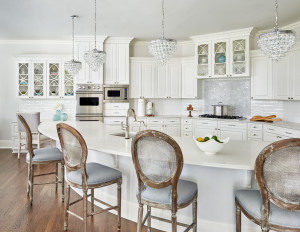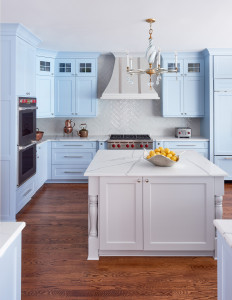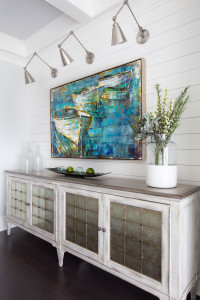When it comes to lighting my rule of thumb is that “bigger is always better”. Lighting has the ability to completely make or break a space both in its functionality and through the element of design.
Where to start? More than half of homes are under lit. I often find that homeowners overlook additional sources of lighting thinking that can lights in the ceiling and a table lamp is enough. However, following these simple rules and understanding what type of lighting is best for each space will help solve this puzzle. It is important to have various sources of light in each room depending on time of day and what the room is being used for. Always remember to install dimmers to allow adjustable light during the day and night.
Let’s get started! What goes where and Knowing The Different Types of Fixtures . . .
Pendant Lighting – Suspends from the ceiling and directs light downward. Pendants are great for a kitchen islands and entryways because of their versatility in being able to provide enough task lighting for cooking and prepare meals and enough lighting for general illumination in a room.

Chandelier – Suspends from the ceiling and directs light upward. Chandeliers are most commonly sourced to provide the “finishing touch” to a space but if selected properly they have the ability do more than make a statement

Wall Sconce – Directly mounted to the wall and directs light either upwards or downwards (deepening on the light). Sconces are best used for task lighting in entryways, hallways, bathrooms and are great for highlighting artwork

Lamp – Directs light downward. Lamps are primarily used for tasks lighting, such as reading in bed or lighting up a small under lit corner in a main living area.

